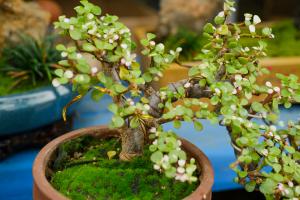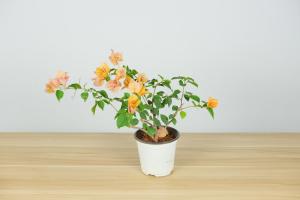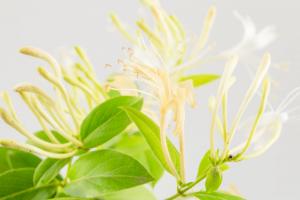Can You Eat Tomatoes from a Diseased Plant?
Tomatoes are a luscious and nutritious addition to any dish. As such, it's no surprise that people grow them in their gardens or buy them from stores. However, certain plant diseases can cause people to wonder whether they can still eat tomatoes from a diseased plant. In this article, we'll explore whether tomatoes are safe to eat when growing on a diseased plant.
Understanding Diseases That Affect Tomato Plants
Before we can answer the question of whether it's safe to eat tomatoes from a diseased plant, it's first essential to understand the diseases that affect tomato plants. Some of the most common diseases that affect tomato plants include early blight, late blight, septoria leaf spot, and powdery mildew.
Early blight and late blight are fungal diseases that affect tomato plants' leaves and fruits. These diseases cause circular dark spots on the plant's leaves that eventually turn yellow and cause the leaves to fall off. Meanwhile, septoria leaf spot is caused by a fungus that leads to small spots with gray centers and dark edges on leaves, which makes them fall off prematurely. Finally, powdery mildew is a fungus that creates a white or gray powdery coating on leaves, reducing their ability to produce energy via photosynthesis.
Are Tomatoes Safe to Eat from Diseased Plants?
Generally, small patches of diseases on tomato plants do not necessarily affect the tomatoes' quality or edibility. So, in most cases, it's safe to eat tomatoes from a diseased plant as long as you cut off the diseased areas. However, if the whole plant is severely infected, it's best to avoid eating the fruits altogether.
The most acceptable and safe way to determine whether or not to harvest tomatoes from a diseased plant is through a taste test. Even though the appearance of the tomato may be altered due to the disease, the taste of the fruit should remain unchanged. If the taste is affected, then it's best to dispose of the fruit and not eat it.
Tips for Preventing Tomato Diseases
While it may be safe to eat tomatoes from a diseased plant in certain instances, prevention is always better than cure. Below are some tips for preventing tomato diseases:
Rotate the plants: Growing tomatoes in the same spot year after year can allow diseases to build in the soil. To prevent this, rotate your tomato plants to a different location each year.
Maintain cleanliness: Keep your garden clean and trimmed to prevent diseases from spreading to your tomato plants. Remove any fallen leaves, fruits or plants that have died as soon as possible. Also, always remember to wash your hands before and after gardening to avoid spreading diseases.
Use recommended fungicides: Various fungicides are available to prevent or treat fungal diseases, and they work best when applied before or soon after the disease appears.
Conclusion
Many tomato diseases can affect the plant's leaves and fruit, causing people to wonder whether it's safe to eat the fruit. In most cases, small infections won't affect the fruit's quality or edibility, but it's best to cut off the affected parts just to be safe. However, if the whole plant is severely infected, it's best to avoid eating the fruit entirely. Remember, prevention is always better than cure, so taking steps to keep your tomato plants healthy is the best approach.

 how many times do yo...
how many times do yo... how many planted tre...
how many planted tre... how many pine trees ...
how many pine trees ... how many pecan trees...
how many pecan trees... how many plants comp...
how many plants comp... how many plants can ...
how many plants can ... how many plants and ...
how many plants and ... how many pepper plan...
how many pepper plan...































